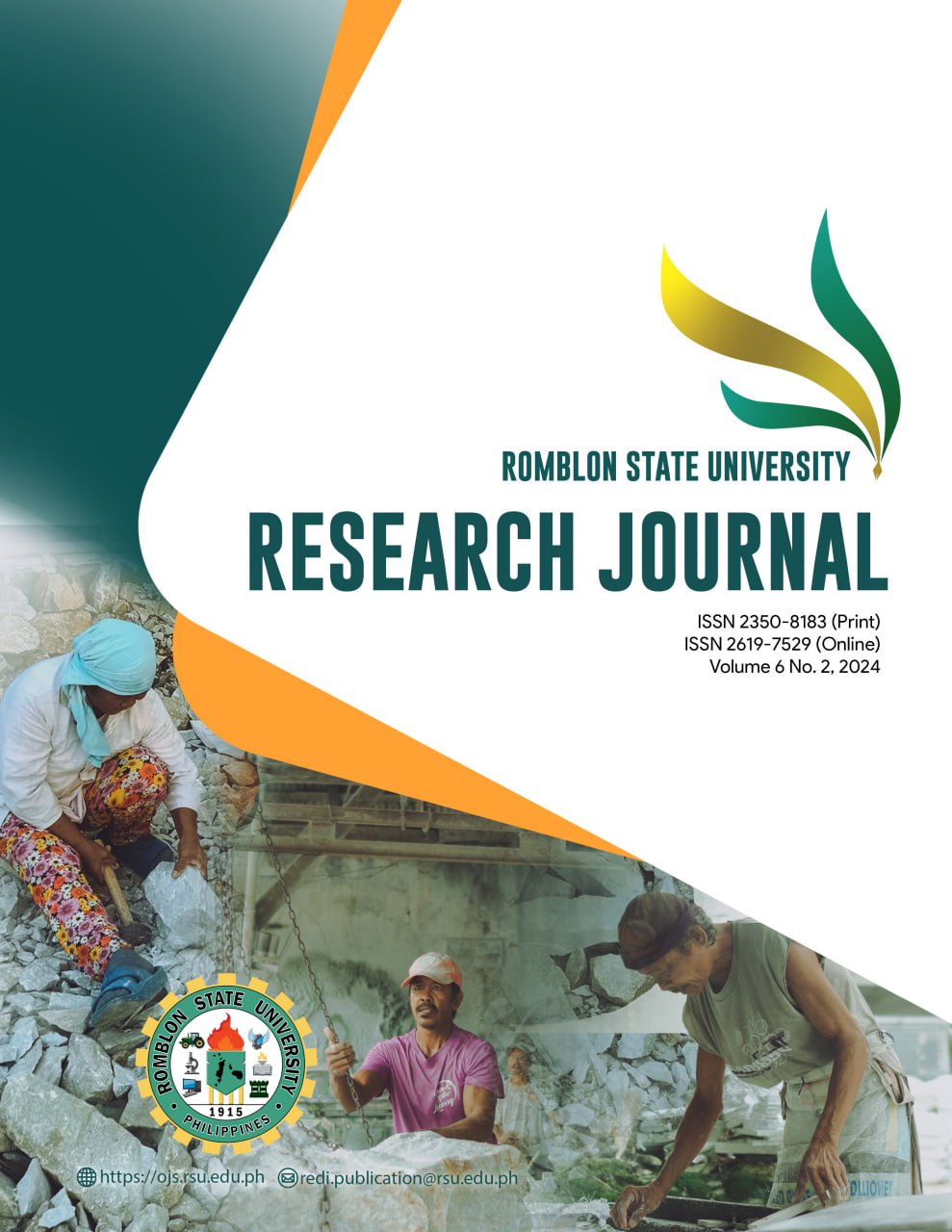Computer System Evaluation: Information Security for Electronic Money Transfer Services
DOI:
https://doi.org/10.58780/rsurj.v6i2.158Keywords:
Money Transfer System, risk for security, success factors, security practices and processesAbstract
This research examines how various organizations address the security challenges associated with money transfer systems. It reveals that the role of payment systems in money transfers has significantly evolved, with numerous electronic payment systems now available to facilitate secure online transactions. The study also identifies key success factors for each organization implementing its security solutions. Rapid technological advancements pose substantial risks to transaction security. The research shows that payment systems have become increasingly integral to the industry, and their impact on society is considerable. These advancements are expected to benefit future studies by offering insights into technological progress in both monetary and digital transactions. A range of sources, including academic journals, conference proceedings, and online articles, were used to review the current landscape of money transfer systems thoroughly. The study emphasizes the critical role of security measures and customer awareness in safeguarding electronic payment systems. Its findings offer valuable insights for policymakers, financial institutions, and researchers working on effective security strategies for money transfer systems
References
Aghdami, S., & Khorsandi, S. (2010, April). Secure and anonymous TTP-based Electronic Payment Systems and making anonymity and security via multi-user interfaces and passwords. In 2010 2nd IEEE International Conference on Information Management and Engineering (pp. 359–364). IEEE.
Al-hamami, A. H., Najadat, F. A. O., & Wahhab, M. S. A. (2012). Web application security of money transfer systems. Journal of Emerging Trends in Computing and Information Sciences, 3(3), 365–372.
Belás, J., Korauš, M., Kombo, F., & Korauš, A. (2016). Electronic banking security and customer satisfaction in commercial banks. Journal of security and sustainability issues, 5(3), 411–422.
Bogdan, A. (2015). Security issues and solutions in e-payment systems. Urs Fiat Iustitia, 1.
Camara, S. S. (2016). Remittance market of Finland: Case study of personal remittance transmission. [Unpublished Master’s Thesis] Häme University of Applied Sciences.
Camenisch, J. L., Piveteau, J. M., & Stadler, M. A. (1994). Security in electronic payment systems. Institute for Theoretical Computer Science, ETH Zurich. In: Proceedings of the ESO RISKS, 94.
Chen, R. F., Hsiao, J. L., & Hwang, H. G. (2012). Measuring customer satisfaction of Internet banking in Taiwan: scale development and validation. Total Quality Management, 23(7), 749–767. https://doi.org/10.1080/14783363.2012.704284
Dubé, L., & Paré, G. (2003). Rigor in information systems positivist case research: Current practices, trends, and recommendations. Management Information Systems Quarterly, 2003, 597–636. https://doi.org/10.2307/30036550
DuPont, Q. (2019). Cryptocurrencies and blockchains. John Wiley & Sons.
Ekwueme, C. M., Ph.D., Egbunike, P. A., Ph.D., & Amara Okoye, Msc (2011). An Empirical Assessment of the operational efficiency of electronic banking: Evidence of Nigerian banks. Review of Public Administration & Management, 1(2).
Fatima, A. (2011). E-banking security issues-Is there a solution in biometrics?. Journal of Internet Banking and Commerce, 16(2), 1.
Fontana, A., & Frey, J. (2000). H.(2000). The interview: From structured questions to negotiated text. The Handbook of Qualitative Research, 733-768.
Gaber, C., Gharout, S., Achemlal, M., Pasquet, M., & Urien, P. (2012, May). Security challenges of mobile money transfer services. In Conférence sur la Sécurité des Architectures Réseaux et des Systèmes d'Information (SARSSI).
Goyal, V., Pandey, U. S., & Batra, S. (2012). Mobile banking in India: Practices, challenges and security issues. International Journal of Advanced Trends in Computer Science and Engineering, 1(2).
Grabner‐Kräuter, S., & Faullant, R. (2008). Consumer acceptance of internet banking: the influence of internet trust. International Journal of Bank Marketing, 26(7), 483-504. https://doi.org/10.1108/02652320810913855
Grubicka, J., & Matuska, E. (2015). Sustainable entrepreneurship in conditions of UN (Safety) and technological convergence. Entrepreneurship and Sustainability Issues, 2(4), 188.
Hsieh, H. F., & Shannon, S. E. (2005). Three approaches to qualitative content analysis. Qualitative Health Research, 15(9), 1277-1288. https://doi.org/10.1177/1049732305276687
Islam, S. H., Khan, M. K., & Li, X. (2015). Security analysis and improvement of ‘a more secure anonymous user authentication scheme for the integrated EPR information system’. PloS One, 10(8), e0131368. https://doi.org/10.1371/journal.pone.0131368
Karanasios, S. (2008). An e-commerce framework for small tourism enterprises in developing countries [Unpublished doctoral dissertation] Victoria University.
Koskosas, I. (2011). E-banking security: A communication perspective. Risk Management, 13, 81-99. https://doi.org/10.1057/rm.2011.3
Light, M. K., & Lewandowski, B. (2015). The Impact of Western Union Agent Locations: A Case Study of Remittances in the Philippines. University of Colorado.
Mbuguah, S., & Karume, S. (2013). Trends in Electronic Money Transfer in Kenya. Journal of Emerging Trends in Computing and Information Sciences, 4(1), 1857-7881.
Merritt, C. (2011). Mobile money transfers services: The next phase in the evolution of person-to-person payments. Journal of Payments Strategy & Systems, 5(2), pp 143-160.
Myers, M. D., & Newman, M. (2007). The qualitative interview in IS research: Examining the craft. Information and Organization, 17(1), 2–26.
Neuman, W. L. (2007). Basics of social research. Pearson Education, Inc.
Poisson, G., CaLP, 2011. Cash transfer programming in emergencies: Cash transfer mechanisms and disaster preparedness in the Philippines. The Cash Learning Partnership.
Rubin, H. J., & Rubin, I. S. (2005). Qualitative interviewing: The art of hearing data (2nd Ed.). Sage.
Barbour, R. S., & Schostak, J. (2005). Interviewing and focus groups. Research Methods in the Social Sciences, 1(1), 41-48.
Seetharaman, A., & Raj, J. R. (2009). Evolution, development and growth of electronic money. International Journal of E-Adoption (IJEA), 1(1), 76-94. https://doi.org/10.4018/jea.2009010106
Sumanjeet. (2009, November). Emergence of payment systems in the age of electronic commerce: The state of art. In 2009 First Asian Himalayas International Conference on Internet (pp. 1-18). IEEE.
Uddin, M. S., & Akhi, A. Y. (2014). E-wallet system for Bangladesh an electronic payment system. International Journal of Modeling and Optimization, 4, 216-219.
Yin, R. K. (2009). Case study research: Design and methods (Vol. 5). Sage.
Downloads
Published
How to Cite
Issue
Section
License
Copyright (c) 2024 Romblon State University Research Journal

This work is licensed under a Creative Commons Attribution-NonCommercial 4.0 International License.


